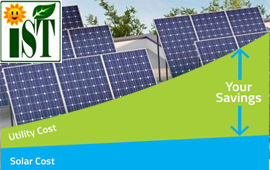An efficient cell_balancing system preserves the desired level of battery production throughout the life of the battery with a proper safety margin, without adding unnecessary cost, weight, or complexity. Balancing is the process of equalizing the level of charge in lithium-ion cells on a cell-by-cell basis. There are two ways to do cell balancing such as active cell balancing and passive cell balancing.
In case of passive equalizing method, the state of charge of each cell will be equal to the state of charge of cell 03 because it has low SOC. The energy present in cell 01, 02, and 04 will be wasted or dissipated through a resistor to make each cell SOC equal.
The primary advantage of any of these types of passive balancing is the simplicity (and hence, lower cost) of the circuitry involved, compared with active balancing designs. The drawbacks are: Energy is wasted as heat, which could be otherwise used productively, Heat is generated. For fast balancing, more heat is generated, and Battery pack life could be shorter with respect to a pack with an active balancing design.
 Certificate in Rooftop Solar Project In rooftop solar sector a small entrepreneur needs a strong knowledge about off-Grid, On grid, hybrid system designing and financial benefit, bankable report preparation. This course will cover all aspect of designing and procurement, installation, financial modelling and customer nogotiation skills.
Certificate in Rooftop Solar Project In rooftop solar sector a small entrepreneur needs a strong knowledge about off-Grid, On grid, hybrid system designing and financial benefit, bankable report preparation. This course will cover all aspect of designing and procurement, installation, financial modelling and customer nogotiation skills.

No comments:
Post a Comment